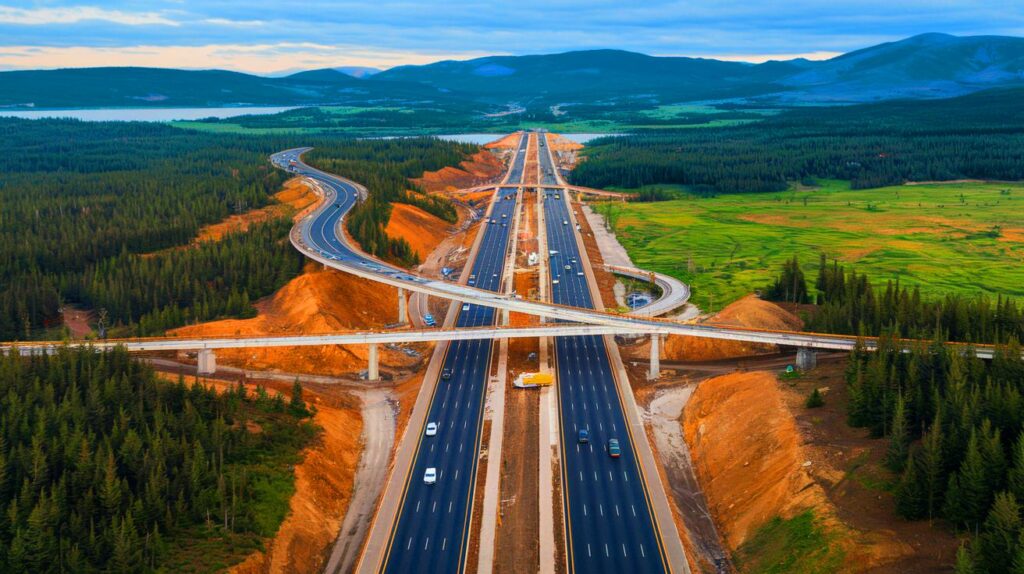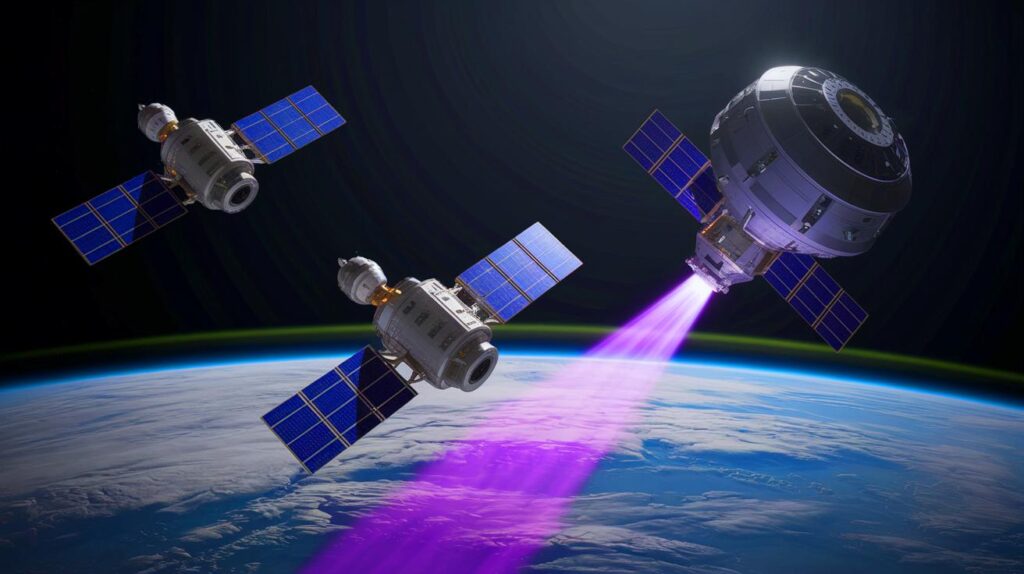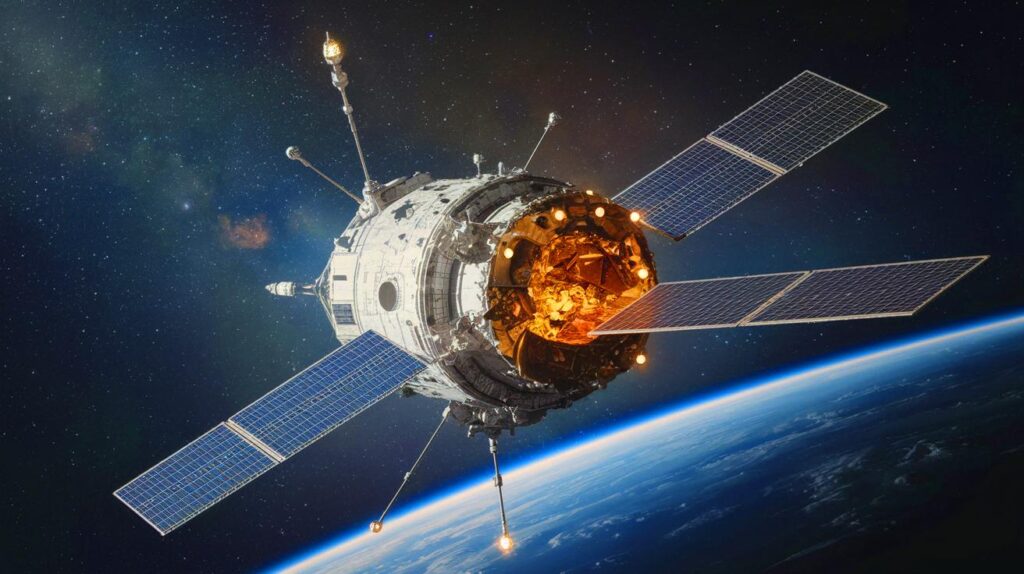| IN BRIEF |
|
The Wallis Annenberg Wildlife Crossing project represents a significant advancement in global urban wildlife conservation. This green bridge, destined to be the largest in the world, is under construction over the 101 Freeway in the United States. Its primary goal is to restore connectivity between the natural habitats of local species that have been disrupted by urban expansion. As construction progresses, this project is already being heralded as a global model for urban wildlife conservation, providing animals with a chance to move freely and safely.
A Bridge of Crucial Importance
Construction of the Wallis Annenberg Wildlife Crossing began in 2022, with a colossal budget of $92 million, approximately €85 million. This bridge, spanning five to six lanes, is expected to be completed in 2026. This pioneering project in California was initiated by the Annenberg Foundation and the California Wildlife Conservation Board. It aims to eliminate one of the major barriers to wildlife in Los Angeles County.
The 101 Freeway, once an insurmountable barrier for many species, has separated vital habitats, leading to issues such as inbreeding and territorial conflicts. This crossing will restore ecological balance by providing animals a safe way to traverse this heavily trafficked freeway. By re-establishing these natural corridors, the project promises to revitalize local biodiversity and reduce collisions between vehicles and animals.
The Construction of a Monumental Structure
The installation of the first concrete beam for the crossing was a landmark moment for Beth Pratt, Regional Director of the National Wildlife Federation in California. She described this step as “cathartic,” emphasizing the project’s significance for the future of mountain lions and other species in the Santa Monica Mountains. Each beam weighs between 126 and 140 tons, heavier than 14 African elephants.
The project plans to install 82 beams across the ten traffic lanes of the freeway, a process that will take between 30 and 45 days. During this period, the freeway will be closed for five hours each night to allow work to proceed. This impressive construction is a first step toward creating a safer environment for local wildlife by offering a green corridor that facilitates their free movement.
The Future of Highway Infrastructure
This wildlife crossing represents a major advancement in the conservation of urban ecosystems. It will allow animals to travel safely across one of the busiest highways in the United States while supporting local biodiversity. By restoring a refuge for essential pollinator species, it will also contribute to the preservation of mountain lion populations, which are threatened with extinction.
Gray foxes, coyotes, mule deer, and bobcats will now be able to freely cross this region, connecting the Santa Monica Mountains to the Sierra Madre. This innovative project serves as a model for the rest of the world, demonstrating how modern infrastructure can be reimagined to coexist harmoniously with nature.
Global Implications and Future Challenges
The Wallis Annenberg Wildlife Crossing is not just a local project, but a model for the entire world. It illustrates how bold initiatives can repair some of the damage caused by human expansion on natural ecosystems. As the largest project of its kind in the world, it paves the way for new methods to integrate wildlife conservation into urban development.
This project also raises crucial questions about the future of our infrastructure. How can we continue to develop our cities while preserving natural habitats? What other innovations could be implemented to promote coexistence between humans and animals?







